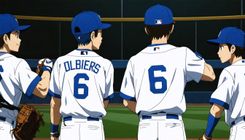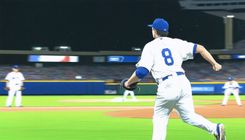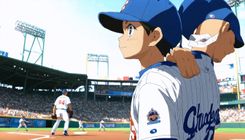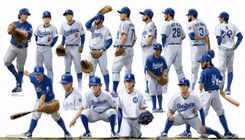Major League Baseball Trade Deadline: A Comprehensive Overview
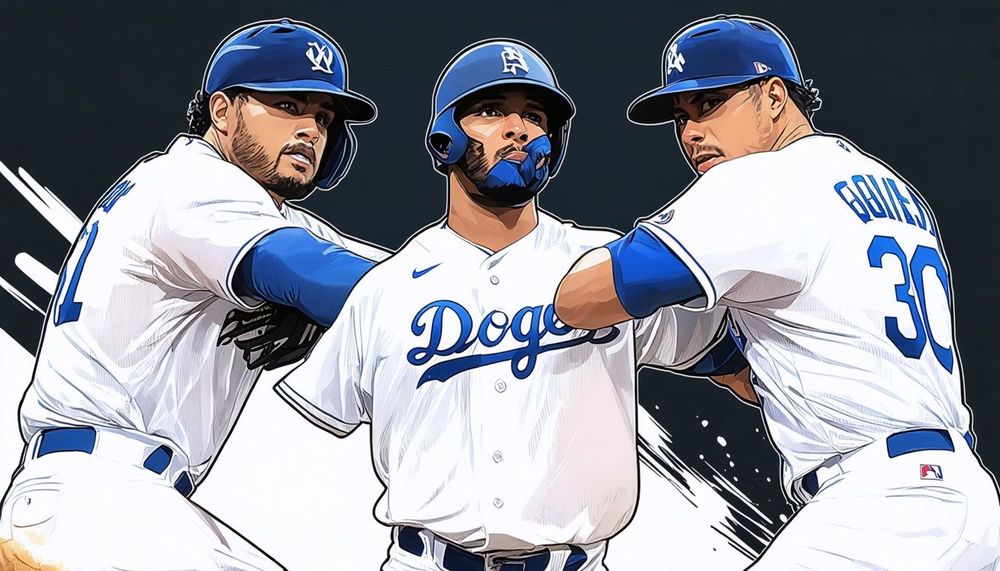
The Major League Baseball trade deadline has a history of delivering significant moves right up to the buzzer, and this year was no different. With less than 36 hours remaining until the deadline on Thursday evening, initial expectations hinted at a quieter mid-summer transaction period. However, the landscape changed dramatically with notable trades involving Carlos Correa, Mason Miller, and Eugenio Suárez, among others. This whirlwind of activity has altered perceptions of several teams across the league. A recap of the key trades highlights the 'Winners and Losers' of the deadline approach.
Among the standout trades was the acquisition of right-handed pitcher Mason Miller by the San Diego Padres. Miller, an electrifying talent possessing a fastball that regularly exceeds 103 MPH, has quickly gained recognition for his dominant performances, allowing opponents to hit just .126 against him when the at-bats conclude on his slider. Under team control through 2029, it required a significant return for the Oakland Athletics to part with him. The Padres sent a substantial haul, including their top prospect, shortstop Leo De Vries, and several other promising players such as right-handers Braden Nett, Henry Baez, and Eduarniel Núñez. For San Diego, adding Miller addresses potential gaps in their pitching staff, particularly with Robert Suarez's impending free agency. Conversely, the Athletics have secured a potential franchise cornerstone in De Vries and a starting pitcher in Nett who may contribute as early as next season.
In contrast, the Minnesota Twins faced challenges following a shoulder injury to pitcher Pablo López. After a promising start to the season, the team struggled significantly afterward, leading to a flurry of trades that stripped the roster of key players, including Carlos Correa and Jhoan Durán. The decision to retain Byron Buxton amidst these changes had raised hopes for stability, but the trading away of reliable players made it apparent that an extensive rebuild was underway. This was further underscored by the departures of established names like Griffin Jax and Danny Coulombe, leading to a restructured team amid whispers of a multi-year rebuilding plan, although they managed to keep promising young pitcher Joe Ryan in the fold. Meanwhile, the New York Mets made a concerted effort to strengthen their bullpen after previous struggles. They acquired three rental relief pitchers—Ryan Helsley, Tyler Rogers, and Gregory Soto—all while minimizing the impact on their top-tier prospects. This could transform a previously vulnerable bullpen into a competitive unit for the postseason.
As the deadline approached, teams like the St. Louis Cardinals faced expectations of a significant roster overhaul, especially after a season highlighting older players. However, they fell short of executing a major fire sale, securing limited returns for traded players as other potential candidates opted against moves due to no-trade clauses. This constrained their ability to reshape the roster and led to frustration among fans. Comparatively, the Philadelphia Phillies capitalized on the Twins’ willingness to part with key players, acquiring pitcher Jhoan Durán for a modest return that included less highly regarded prospects. This move could secure a valuable closer for the upcoming seasons without relinquishing their higher-ranked prospects, showcasing efficient management amid the trade frenzy.
The Chicago Cubs and Chicago White Sox navigated the deadline from opposite ends of their competitive cycles. The Cubs, currently in contention, made incremental additions to their roster while failing to secure transformative pieces that could boost their chances. In contrast, the White Sox, seemingly entrenched in a rebuilding phase, missed opportunities to capitalize on their veteran roster by not trading high-cost contracts effectively. Such decisions reflected a team still searching for a defined direction, drawing scrutiny from fans and analysts alike. In the American League, the Toronto Blue Jays made a significant move by acquiring Shane Bieber, further enhancing a well-rounded rotation, albeit at the cost of a top prospect. This trade kept their postseason aspirations alive, ensuring flexibility given Bieber's uncertain coming back from injury. The Reds, eyeing potential upgrades, opted for third baseman Ke'Bryan Hayes rather than pursuing a more prolific slugger, which left questions about their offensive strategies after trading for a defensively skilled but less offensively dominant player.
As teams in the AL West positioned themselves for a tight playoff race, the Texas Rangers made strategic acquisitions under the deadline's final hours. Their moves, including the addition of pitching depth through Merrill Kelly, were essential to maintain competitiveness with burgeoning rivals like the Seattle Mariners. The Mariners, who had already acquired key players, including the resurgent Eugenio Suárez, added significantly to their offensive arsenal, showcasing a potent lineup for the stretch run. On the other hand, the Los Angeles Dodgers faced criticism for their relatively quiet deadline, with strong reinforcements from returning injured players likely overshadowing their lack of trades in a bustling market. Conversely, the Miami Marlins made prudent choices by not succumbing to pressure to trade established pitchers amidst speculation, potentially retaining their competitive edge for future seasons. Meanwhile, the Milwaukee Brewers received criticism for not being more aggressive in their endeavors to bolster a successful roster. Overall, the MLB trade deadline showcased a blend of team strategies, with poignant trades marking the landscape for the remainder of the season, and reactions from the fan base suggesting an intricate relationship between rebuilding efforts and pursuing immediate success.
